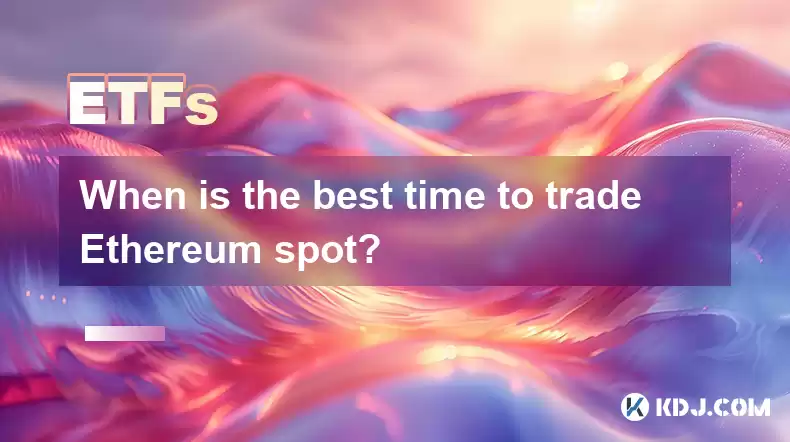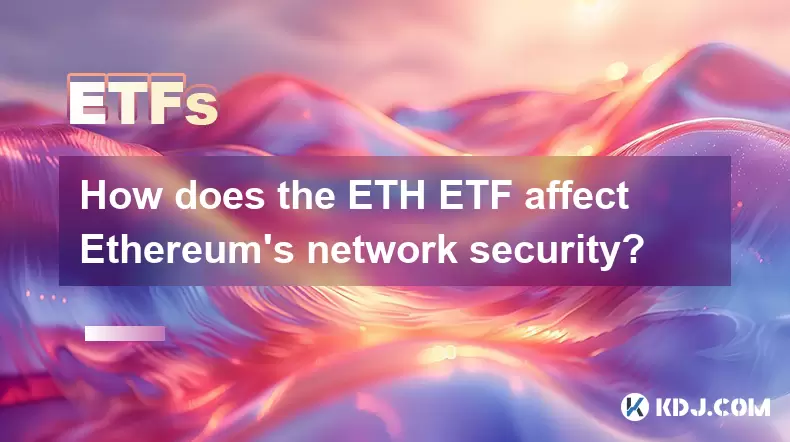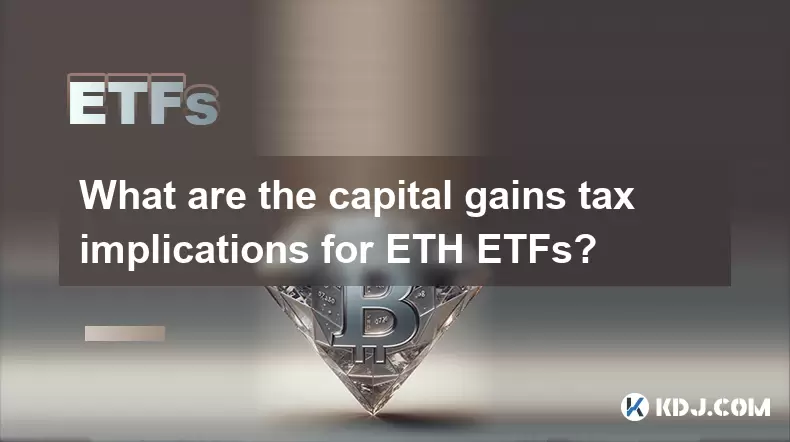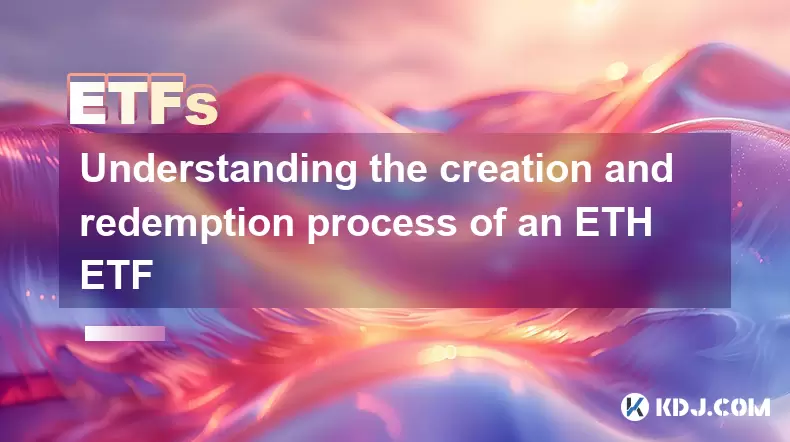-
 Bitcoin
Bitcoin $114400
1.84% -
 Ethereum
Ethereum $3496
3.49% -
 XRP
XRP $2.902
5.12% -
 Tether USDt
Tether USDt $1.000
0.03% -
 BNB
BNB $750.6
1.83% -
 Solana
Solana $161.8
3.52% -
 USDC
USDC $0.9999
0.01% -
 TRON
TRON $0.3262
2.20% -
 Dogecoin
Dogecoin $0.1991
4.57% -
 Cardano
Cardano $0.7243
5.29% -
 Hyperliquid
Hyperliquid $38.41
7.08% -
 Stellar
Stellar $0.3963
8.77% -
 Sui
Sui $3.437
4.53% -
 Chainlink
Chainlink $16.26
5.05% -
 Bitcoin Cash
Bitcoin Cash $542.7
3.79% -
 Hedera
Hedera $0.2474
9.14% -
 Ethena USDe
Ethena USDe $1.001
0.04% -
 Avalanche
Avalanche $21.39
3.03% -
 Toncoin
Toncoin $3.637
1.63% -
 Litecoin
Litecoin $109.0
3.76% -
 UNUS SED LEO
UNUS SED LEO $8.964
0.07% -
 Shiba Inu
Shiba Inu $0.00001219
4.31% -
 Polkadot
Polkadot $3.593
4.12% -
 Uniswap
Uniswap $9.149
5.01% -
 Monero
Monero $299.0
2.38% -
 Dai
Dai $1.000
0.01% -
 Bitget Token
Bitget Token $4.339
2.29% -
 Pepe
Pepe $0.00001047
5.37% -
 Cronos
Cronos $0.1340
6.71% -
 Aave
Aave $258.7
5.06%
When is the best time to trade Ethereum spot?
Optimal Ethereum spot trading lacks a single "best" time; success hinges on understanding market sentiment, news, technical indicators, liquidity, and employing a suitable trading strategy (day, swing, or long-term).
Feb 28, 2025 at 06:19 am

When is the Best Time to Trade Ethereum Spot?
Key Points:
- There's no single "best" time to trade Ethereum spot, as optimal entry and exit points depend on numerous interconnected factors.
- Market sentiment, news events, technical analysis indicators, and overall market liquidity significantly influence Ethereum's price.
- Understanding these factors and employing a robust trading strategy are crucial for maximizing potential profits and minimizing risks.
- Day trading, swing trading, and long-term holding strategies all present different opportunities and risk profiles, requiring tailored approaches to timing.
- Utilizing tools like trading volume analysis, order book analysis, and charting software can enhance your understanding of market dynamics and improve timing decisions.
Analyzing the Ethereum Spot Market for Optimal Trading Times
The question of when the best time to trade Ethereum spot is a complex one, with no simple answer. Unlike traditional markets with fixed trading hours, the cryptocurrency market operates 24/7, presenting both opportunities and challenges. Timing your trades effectively requires a deep understanding of several key factors and a disciplined approach to risk management.
- Understanding Market Sentiment and News Events:
The cryptocurrency market is highly susceptible to news and sentiment. Announcements from Ethereum developers regarding upgrades, scalability solutions, or regulatory changes can significantly impact the price. Positive news often leads to price surges, while negative news can trigger sell-offs. Monitoring reputable cryptocurrency news sources and social media sentiment analysis tools can provide valuable insights into the prevailing market mood. For instance, a significant positive development, such as the successful implementation of a major upgrade, could create a bullish sentiment, potentially leading to a price increase. Traders might anticipate this and enter long positions before the news is officially released, aiming to capitalize on the subsequent price rise. Conversely, negative news, such as a security breach affecting a major Ethereum-based decentralized application (dApp), could trigger a sharp price drop. Traders might react by closing their long positions or even taking short positions to profit from the anticipated decline. Analyzing the speed and intensity of the reaction to news events, whether positive or negative, is crucial for understanding market liquidity and volatility. A swift and substantial reaction indicates high liquidity and potentially attractive trading opportunities, whereas a slow, muted response suggests low liquidity and potentially higher risk. The challenge lies in accurately predicting the market's reaction and timing your entry and exit points accordingly. This requires not only understanding the fundamental news but also gauging the overall market sentiment and its likely impact on the price. Furthermore, understanding the historical responses of the market to similar events can provide valuable context and improve predictive capabilities.
- Technical Analysis and Chart Patterns:
Technical analysis involves using charts and indicators to identify trends and predict future price movements. Various tools, such as moving averages, Relative Strength Index (RSI), and candlestick patterns, can help identify potential entry and exit points. For example, a bullish crossover of a short-term moving average above a long-term moving average could signal a potential upward trend, while a bearish crossover could suggest a downward trend. RSI, a momentum indicator, can help identify overbought or oversold conditions, potentially signaling a price reversal. Recognizing candlestick patterns, such as hammer or engulfing patterns, can also provide clues about potential price movements. However, it's crucial to remember that technical analysis is not an exact science and should be used in conjunction with other forms of analysis. Over-reliance on technical indicators alone can lead to inaccurate predictions and losses. Therefore, a well-rounded approach that combines technical analysis with fundamental analysis and market sentiment analysis is often more effective. The interpretation of charts and indicators can also be subjective, with different traders potentially drawing different conclusions from the same data. Furthermore, the effectiveness of technical indicators can vary depending on the market conditions and the time frame being considered. Therefore, it's essential to test and refine your technical analysis approach over time and adapt it to changing market dynamics. Thorough backtesting and paper trading can be invaluable in evaluating the effectiveness of different technical indicators and strategies.
- Liquidity and Trading Volume:
High trading volume generally indicates a more liquid market, meaning it's easier to buy or sell Ethereum without significantly impacting the price. Conversely, low trading volume can lead to price volatility and difficulty in executing trades at desired prices. Analyzing trading volume alongside price movements can provide insights into the strength of trends and potential reversals. For example, a significant price increase accompanied by high trading volume suggests a strong upward trend, while a price increase with low volume might indicate a weaker trend that could be prone to reversal. Similarly, a sharp price drop with high volume suggests a strong downward trend, whereas a price drop with low volume might indicate a temporary correction. Understanding trading volume is crucial for managing risk and executing trades efficiently. High volume periods generally offer better opportunities for entry and exit, as trades are more likely to be executed at desired prices without significant slippage. Conversely, low volume periods can be more risky, as price fluctuations can be more unpredictable and it might be more difficult to execute trades at favorable prices. Therefore, traders should consider trading volume when selecting their entry and exit points, favoring periods of high liquidity for smoother transactions and reduced risk.
- Day Trading, Swing Trading, and Long-Term Holding:
Different trading strategies require different approaches to timing. Day traders aim to profit from short-term price fluctuations, often holding positions for only minutes or hours. Swing traders hold positions for several days or weeks, aiming to capitalize on short-to-medium-term price swings. Long-term holders, on the other hand, typically hold their Ethereum for months or years, focusing on the long-term growth potential of the asset. The optimal time to trade will vary greatly depending on the chosen strategy. Day traders might focus on periods of high volatility and liquidity, while swing traders might look for periods of consolidation or trend changes. Long-term holders, on the other hand, are generally less concerned with short-term price fluctuations and focus on fundamental factors and the long-term outlook for Ethereum. The choice of trading strategy should align with your risk tolerance, investment goals, and available time. Day trading, for instance, requires significant time commitment, technical expertise, and risk tolerance. Swing trading offers a balance between short-term and long-term strategies, requiring less time commitment but still demanding a good understanding of market dynamics. Long-term holding, on the other hand, is the least demanding in terms of time and active management, but it requires patience and a belief in the long-term potential of Ethereum.
- Utilizing Advanced Tools and Resources:
Various tools and resources can enhance your understanding of market dynamics and improve your timing decisions. Order book analysis allows you to see the number of buy and sell orders at different price levels, providing insights into market depth and potential price movements. Trading view platforms provide real-time market data, charting tools, and technical indicators. Sentiment analysis tools can help gauge the overall market sentiment towards Ethereum. However, it is crucial to use these tools responsibly and not solely rely on them for decision-making. Over-reliance on any single tool or indicator can lead to flawed judgments and potential losses. A holistic approach, integrating various tools and resources with your own analysis and risk management strategies, is essential for informed decision-making. The interpretation of data from these tools can also be subjective, requiring traders to develop their own understanding and methodology. Continuous learning and adaptation are crucial for effective utilization of these resources and improvement in timing decisions.
FAQs
Q: Are there specific hours of the day when Ethereum spot trading is generally more active?
A: While the cryptocurrency market operates 24/7, trading volume tends to be higher during overlapping trading hours of major financial centers like New York, London, and Tokyo. However, significant news events or market shifts can lead to increased activity at any time.
Q: How can I mitigate the risk of trading Ethereum spot?
A: Risk mitigation involves diversifying your portfolio, employing stop-loss orders to limit potential losses, conducting thorough research, and only investing what you can afford to lose. Never invest more than you are willing to lose completely. A well-defined risk management strategy is crucial for successful trading.
Q: What are the key indicators to watch when considering Ethereum spot trading?
A: Key indicators include trading volume, price action (candlestick patterns), moving averages, RSI, and market sentiment. However, it's crucial to combine these technical indicators with fundamental analysis and your own assessment of market conditions.
Q: Is it better to day trade or swing trade Ethereum?
A: The optimal trading strategy depends on your risk tolerance, time commitment, and investment goals. Day trading requires more active monitoring and higher risk, while swing trading offers a balance between short-term gains and reduced risk. Long-term holding presents the lowest risk but requires significant patience.
Q: How do I stay updated on news and events affecting Ethereum's price?
A: Stay informed by following reputable cryptocurrency news sources, official Ethereum announcements, and engaging with the Ethereum community on social media and forums. However, be aware that not all information is accurate or unbiased, so always cross-check your sources.
Q: What role does technical analysis play in timing Ethereum spot trades?
A: Technical analysis uses charts and indicators to identify potential trends and patterns. It's a valuable tool, but it should be combined with other forms of analysis (fundamental and sentiment analysis) for a more comprehensive approach to timing trades. It is not a foolproof method for predicting future price movements.
Q: How important is understanding market liquidity when trading Ethereum spot?
A: Understanding market liquidity is crucial for successful trading. High liquidity markets allow for smoother execution of trades with less slippage, whereas low liquidity markets can lead to significant price fluctuations and difficulty in executing trades at desired prices. Understanding the relationship between volume and price movements helps in identifying periods of high liquidity and subsequently favorable trading opportunities.
Disclaimer:info@kdj.com
The information provided is not trading advice. kdj.com does not assume any responsibility for any investments made based on the information provided in this article. Cryptocurrencies are highly volatile and it is highly recommended that you invest with caution after thorough research!
If you believe that the content used on this website infringes your copyright, please contact us immediately (info@kdj.com) and we will delete it promptly.
- Navigating the Wild West: Token Unlocks and Altcoin Surges - A Trader's Guide
- 2025-08-04 02:30:11
- Snorter Presale Fuels Meme Coin Frenzy: Price Explosion Incoming?
- 2025-08-04 02:50:12
- Bitcoin, Altcoins, and Momentum: What's Moving the Crypto Markets?
- 2025-08-04 02:30:11
- Crypto Analysts' August Picks: Beyond Bitcoin and Ethereum
- 2025-08-04 02:50:12
- Punisher Coin Presale: Your Ticket to 100x Gains in 2025?
- 2025-08-04 00:50:14
- BlockchainFX: The Next Crypto Millionaire Maker After BNB and Tron?
- 2025-08-04 01:10:14
Related knowledge

Long-term outlook for Ethereum ETFs
Jul 22,2025 at 06:42am
What Exactly Is an Ethereum ETF?An Ethereum Exchange-Traded Fund (ETF) is a financial product that tracks the price of Ethereum (ETH) and is traded on...

How does the ETH ETF affect Ethereum's network security?
Jul 17,2025 at 01:29pm
Understanding the ETH ETF ConceptAn Ethereum Exchange-Traded Fund (ETH ETF) is a financial product that allows investors to gain exposure to Ethereum ...

What are the capital gains tax implications for ETH ETFs?
Jul 18,2025 at 08:00am
Understanding Capital Gains Tax in Cryptocurrency InvestmentsCapital gains tax is a tax imposed on the profit realized from the sale of an asset that ...

What are the capital gains tax implications for ETH ETFs?
Jul 21,2025 at 11:14am
Understanding ETH ETFs and Their TaxationAn Ethereum Exchange-Traded Fund (ETH ETF) allows investors to gain exposure to Ethereum without directly own...

Understanding the creation and redemption process of an ETH ETF
Jul 19,2025 at 07:36am
What is an ETH ETF?An ETH ETF (Ethereum Exchange-Traded Fund) is a financial product designed to track the price of Ethereum without requiring investo...

How to analyze which ETH ETF is the best choice
Jul 19,2025 at 05:01pm
Understanding ETH ETFs and Their RelevanceEthereum Exchange-Traded Funds (ETFs) have emerged as a popular investment vehicle for those seeking exposur...

Long-term outlook for Ethereum ETFs
Jul 22,2025 at 06:42am
What Exactly Is an Ethereum ETF?An Ethereum Exchange-Traded Fund (ETF) is a financial product that tracks the price of Ethereum (ETH) and is traded on...

How does the ETH ETF affect Ethereum's network security?
Jul 17,2025 at 01:29pm
Understanding the ETH ETF ConceptAn Ethereum Exchange-Traded Fund (ETH ETF) is a financial product that allows investors to gain exposure to Ethereum ...

What are the capital gains tax implications for ETH ETFs?
Jul 18,2025 at 08:00am
Understanding Capital Gains Tax in Cryptocurrency InvestmentsCapital gains tax is a tax imposed on the profit realized from the sale of an asset that ...

What are the capital gains tax implications for ETH ETFs?
Jul 21,2025 at 11:14am
Understanding ETH ETFs and Their TaxationAn Ethereum Exchange-Traded Fund (ETH ETF) allows investors to gain exposure to Ethereum without directly own...

Understanding the creation and redemption process of an ETH ETF
Jul 19,2025 at 07:36am
What is an ETH ETF?An ETH ETF (Ethereum Exchange-Traded Fund) is a financial product designed to track the price of Ethereum without requiring investo...

How to analyze which ETH ETF is the best choice
Jul 19,2025 at 05:01pm
Understanding ETH ETFs and Their RelevanceEthereum Exchange-Traded Funds (ETFs) have emerged as a popular investment vehicle for those seeking exposur...
See all articles

























































































